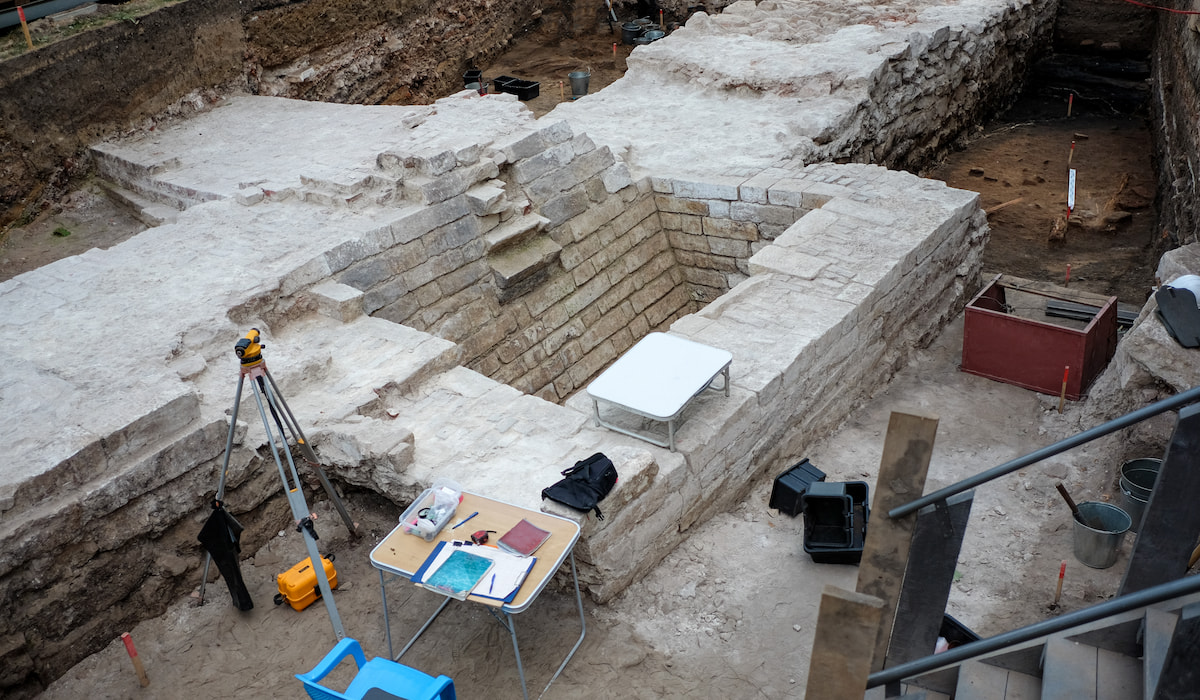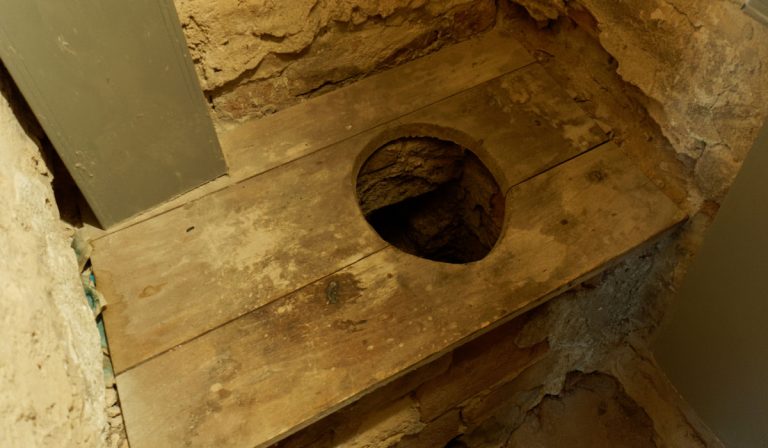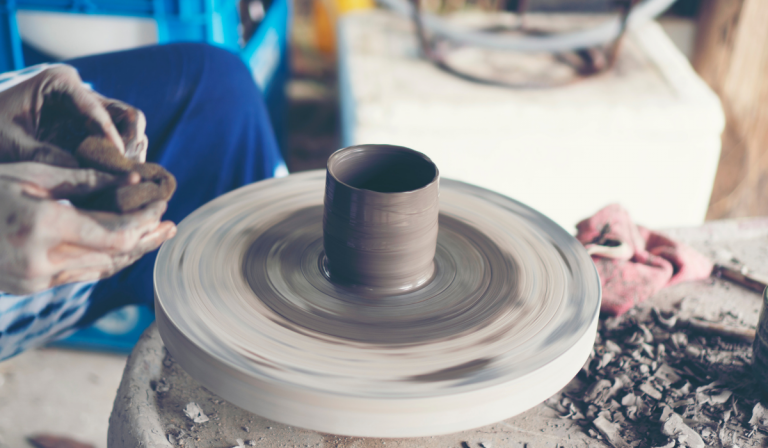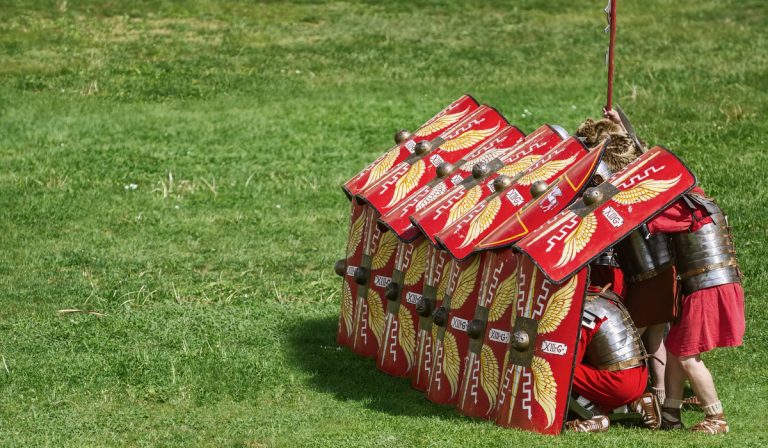Importance of Stratigraphy in Archaeology
Archaeology is an insightful part of history that helps historians separate facts from myths. One common method used in archaeology is stratigraphy. Stratigraphy is essential in archaeology for various reasons. What is stratigraphy, and what is the importance of stratigraphy in archaeology?
What Is Stratigraphy and What Is Its Role in Archaeology?
In simple terms, stratigraphy (in the context of archaeology) is the sequencing of events in an archaeological record. Stratigraphy guides the cataloging of the layers of an excavation site, including natural and human events. Recording how artifacts are discovered allows archaeologists to compare the layers with their surroundings to establish dates, periods, and possible situational details. In general terms, stratigraphy is the succession of events in relation to the general time scale.
A more accessible explanation is this: When archaeologists dig in the Earth, they will surely find distinct layers of activity or nonactivity. Archaeological stratigraphy aims to study the layers caused by human activities.
Stratigraphy can answer what is on the site and the order in which things happened there. Stratigraphy has a background in geology, but geologists care more about natural layers while archaeologists care about manmade layers.
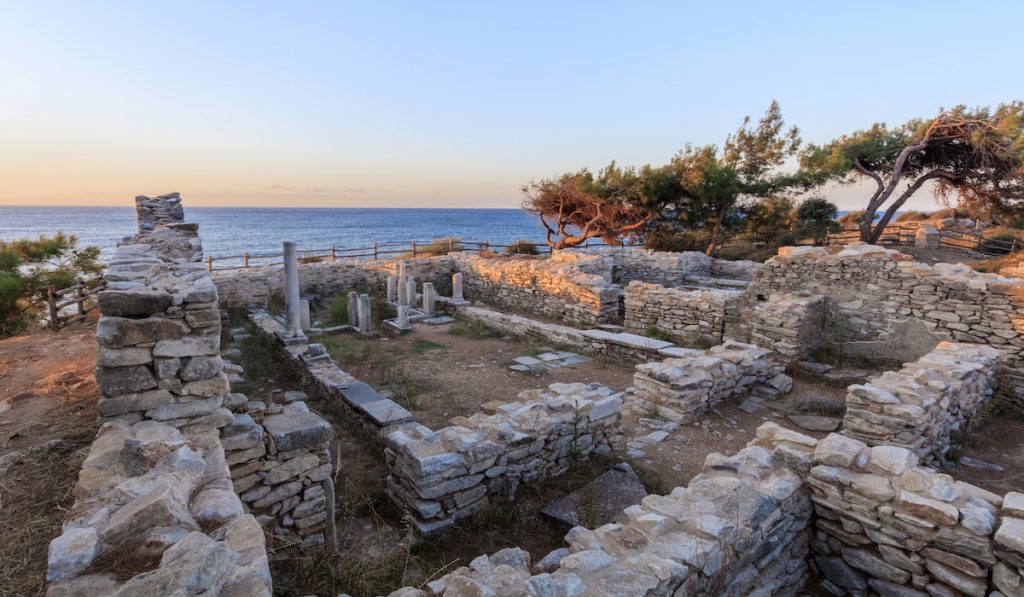
How Does Stratigraphy Work in Archaeology?
Here is the easiest way to understand stratigraphy: Consider a pile of laundry that has to be ironed. The item on the very bottom has most likely been there the longest (oldest), while the one on top is the most recent (youngest). Archaeologists and geologists use layering in an excavation site to judge which material came first before another.
Note that the approach of getting the age of an item in stratigraphy is different from that of carbon dating. Carbon dating uses complex equipment to estimate the date of an item, while stratigraphy simply says “item A is older than item B.” Stratigraphy can guess or estimate the age of an item if there are other clues in the area to guide by.
While digging, archaeologists usually leave several columns in and around the site. We can use these vertical columns (containing different layers) to study items we find in a specific layer. For example, if we find a cup while digging, we can know the exact layer we found it in by checking the key columns.
Another excellent use of the column is to decide which material is foreign. If we can find unique contents in the layers of a column inside the excavation site but cannot find them in columns outside the excavation site, we can conclude that these unique contents are not natural.
Importance of Stratigraphy in Archaeology
With stratigraphy, we can tell that the content in the excavation site is a wall, ditch, or pond. We can tell what filled the ditch as well as how the ancient civilization circulated their water. There are truly many benefits of stratigraphy in archaeology. Here are some ways in which stratigraphy is essential in archaeology:
1. We Can Get Date Estimates
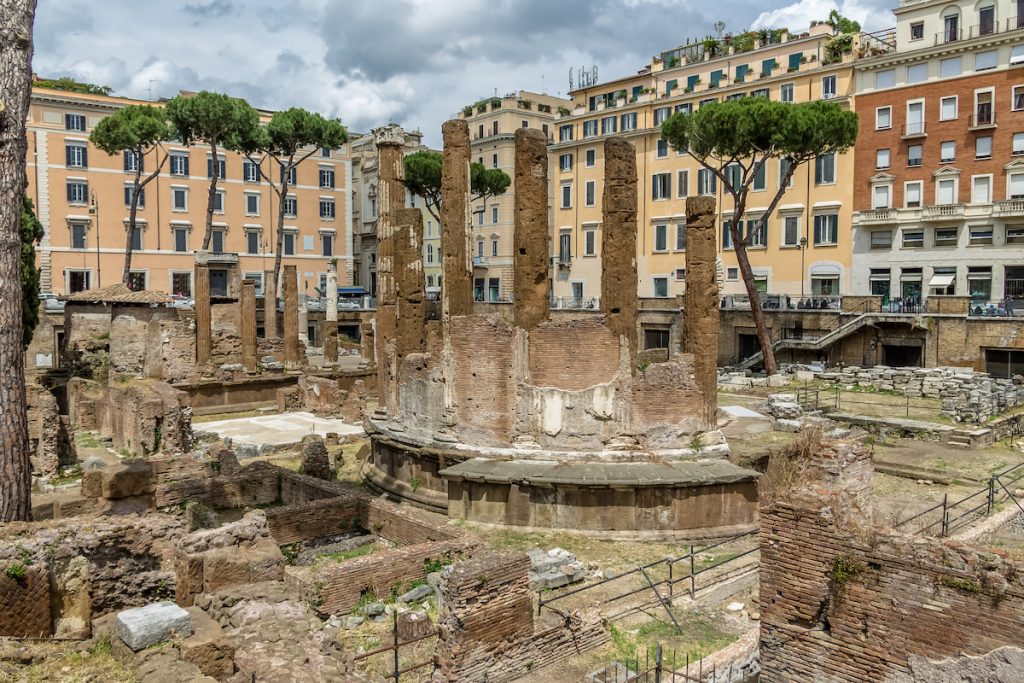
With stratigraphy, we can tell if something is older or younger than another based on the position or layer in which we find it. For example, suppose we find a fossil above materials that can suggest an active civilization. In that case, we can say that the animal was present (i.e. not extinct yet) at the time of the culture.
Note that we cannot use stratigraphy to get an exact date. For example, stratigraphy cannot say a specific item is 1200 years old. We, however, can use stratigraphy to know what existed before, after, or during the use of that item. Carbon dating is an excellent way to tell an object’s actual age.
2. It Helps Us to Map Out the Ancient or Underground World
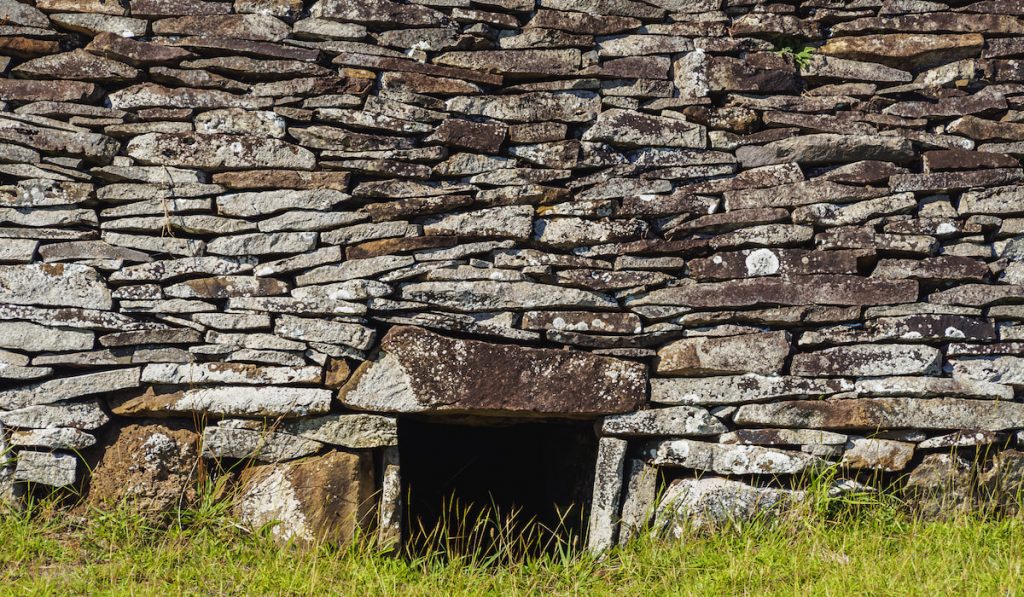
This is another way to use stratigraphy. While we can use vertical layering to guess the age of an item, we can judge which item is foreign to a site or not by studying columns outside the site. For example, what if we can find topsoil in the depth of the soil inside the excavation site but can find the soil of another quality or property outside of the excavation site?
We can say that there was a hole in the excavation site and it was filled with topsoil either because of wind, human activity, or other factors. This means we can use stratigraphy to imagine how the site might have been and may have been used. We can even measure the hole’s depth, width, and volume.
3. We Can Guess How Civilized the Ancient World Was
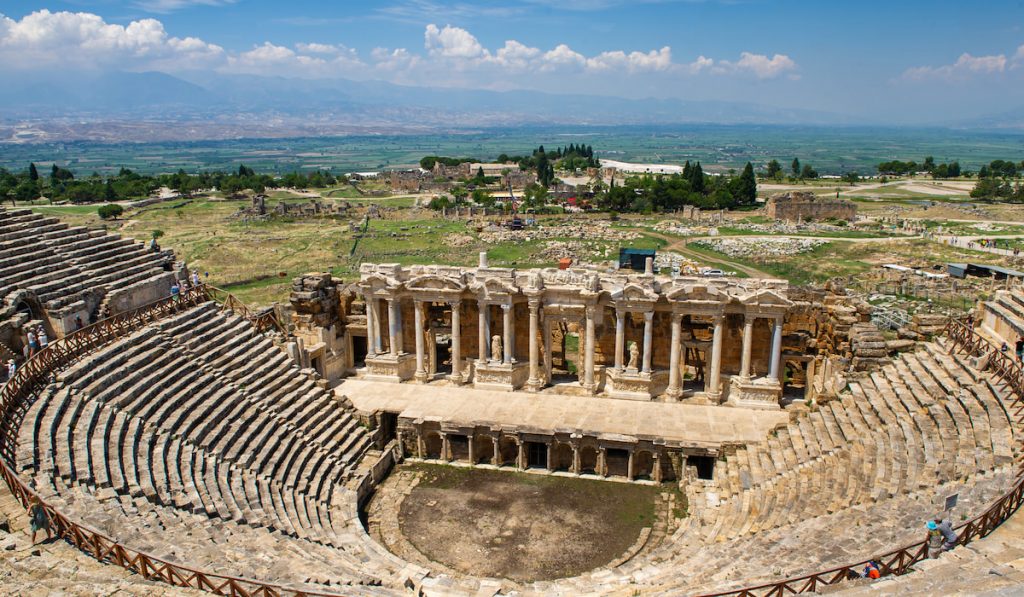
What types of structures can we find on the site? What types of structures can we find if we dig deeper? What can we find between two or more structures? Our findings from an archaeological excavation can tell us about the complexity of the ancient world through stratification and other archaeological methods.
We can tell how they buried their dead in gravesites, how large their ponds were, if they had water baths, the height of their structure walls, if they could make ditches, etc. There are many things about the civilization of a people that we can discover through excavation and stratigraphy.
4. Stratigraphy Is Essential in Forensic Archaeology

Forensic archaeology is a branch of archaeology in which archaeologists try to solve criminal cases by solving puzzles and analyzing archaeological findings. Stratigraphy is an essential method used in archaeology for forensic cases.
For example, we can tell whether the excavation site is a cemetery or not according to the number of graves in it. What if we find a grave in a place that should be a house (judging by the surrounding walls)? If it is not the custom of the people to bury their dead in their homes, we can say that this is not a recognized gravesite, and further investigation can carry on.
5. Stratigraphy Is Essential in Other Fields
Aside from archaeology, stratigraphy is vital in other fields. Stratigraphy is a part of archaeology that connects it with other areas just like archaeology is a part of history that connects it with other fields. We can take stratigraphy as an independent field and study it in the context of archaeology.
Other fields of study that can benefit from stratigraphy are biology (evolution), cultural studies, engineering, etc. In biology, we can study when an animal decomposed, guess at events that occurred when the animal died (according to the layering of its fossil), and even tell if the animal burrows or not according to the presence of holes around the fossil.
As you can see, stratigraphy is truly important in archaeology. However, we still need to be careful with our findings whether we used stratigraphy or not. Continue reading to learn some problems associated with stratigraphy in archaeology.
Some Problems Relating to Stratigraphy in Archaeology
Here are some issues relating to stratigraphy in the context of archeology:
1. Problem with Layering
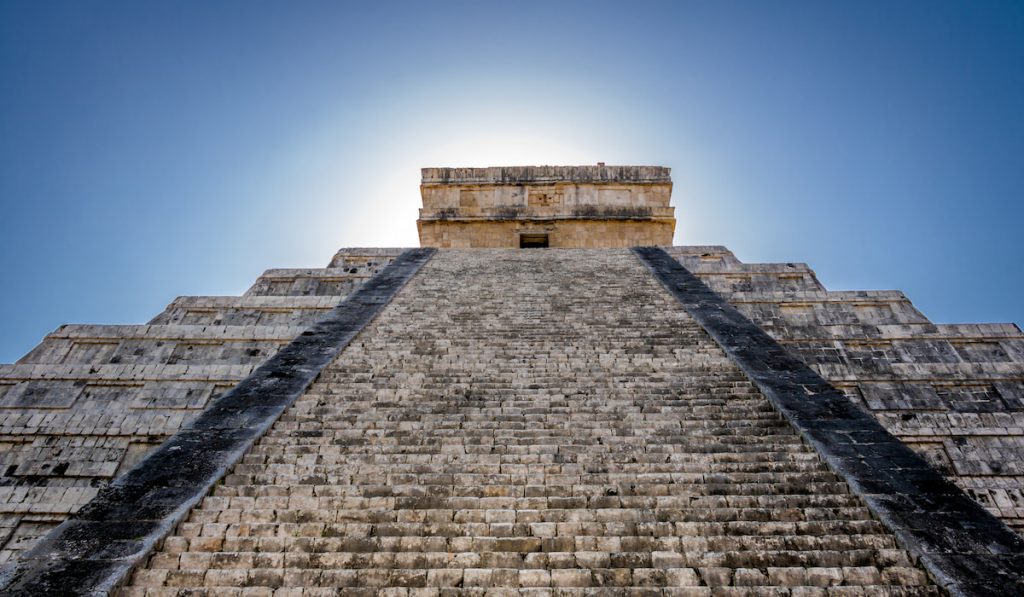
Remember that the most popular principle in stratigraphy is that bottom objects are usually older than the objects on top. This may not always be true, as several human activities can alter this. The oldest layer may not always be below.
For example, the people living in a certain area might have excavated that place in the past when trying to build a structure. What happens when human activity has altered that layering of a site? We cannot get accurate readings with stratigraphy. This is why we must not only rely on stratigraphy.
2. Fake Materials in the Site
This problem is not unique to stratigraphy. Sometimes, we may find foreign objects on a site. “Foreign” in this context means that the object does not share history with the others on the site and may not have significance to the site. It does not matter the layer in which we find the object, but it might reduce the accuracy of our findings.
Even though we can use stratigraphy to judge which object came first or which object is unique to the excavation site or not, we cannot use it to tell which object was planted in the site to spoil our readings. We, therefore, need to conduct more analysis to find the truth.
3. We Cannot Rely Only On Stratigraphy
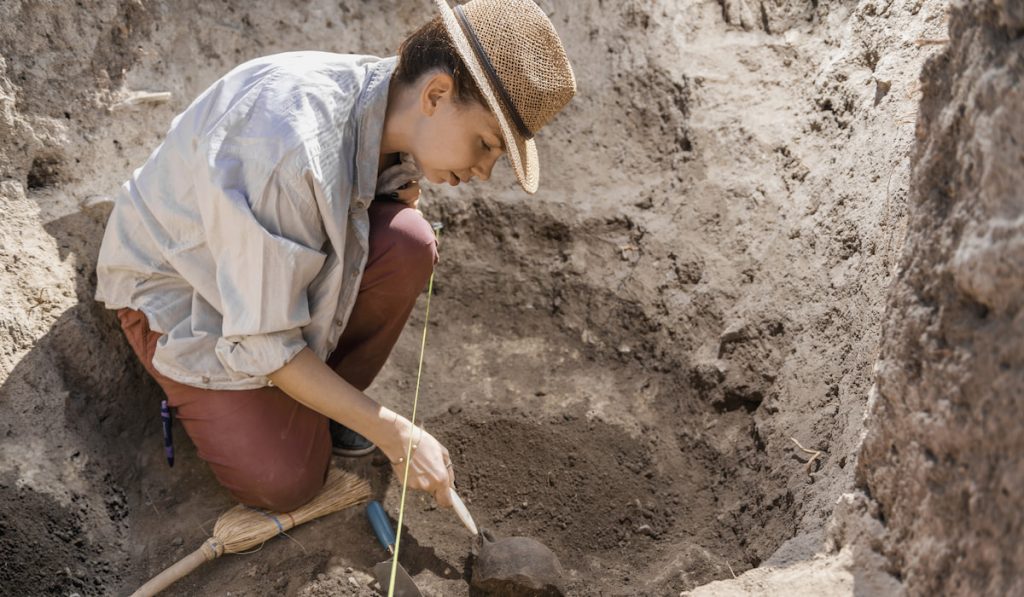
Now you know that relying only on stratigraphy is not a good practice. Why then do some people use just stratigraphy? Well, it could be the only or last method to learn about an unrecorded civilization. If the items have decomposed or damaged beyond what we can save, we may have to only rely on stratigraphy.
While there are other methods of archaeology to try, stratigraphy is the first to consider as it can be done on-site. A practical approach to stratigraphy is to record and label the layers on the site and try not to destroy the columns so that we can come back to compare if we have to.
Stratigraphy is truly important, but we need to be careful while using this technique. It is not absolute and can present more questions than it answers.
Final Thoughts
As you can see, stratigraphy is truly important in archaeology as it helps us better explain our findings. Even though some problems are associated with stratigraphy, we hope to improve in the field as we use it to give more accurate theories about what happened in the ancient world.
Resources
- https://en.m.wikipedia.org/wiki/Stratigraphy_(archaeology)
- https://www.sciencedirect.com/topics/social-sciences/stratigraphy
- https://www.ngu.no/en/topic/stratigraphy
- https://www.encyclopedia.com/science/encyclopedias-almanacs-transcripts-and-maps/stratigraphy-archaeology
- https://www.quora.com/What-is-the-importance-of-stratigraphy-to-archaeological-excavation

